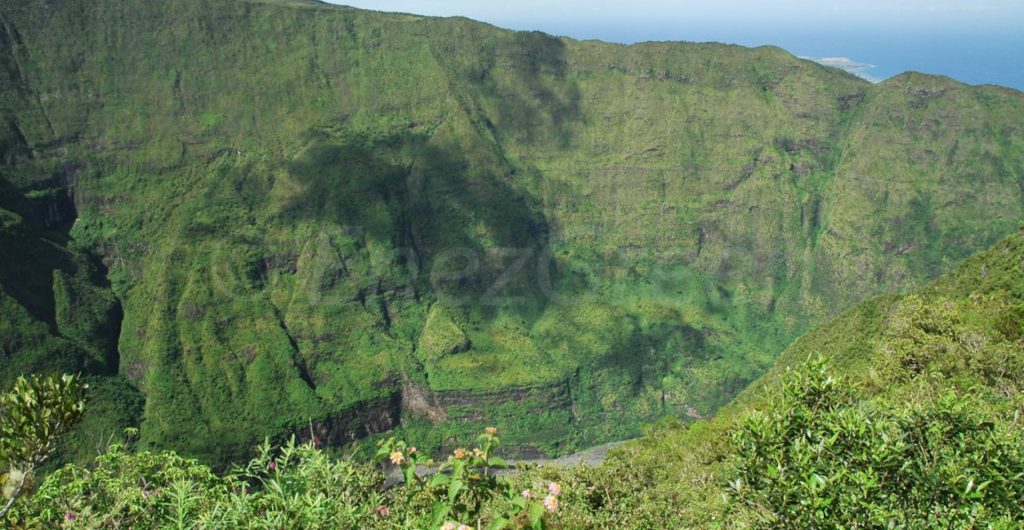50% of El Hierro households use clean energy
February 15th, 2016 is a historic date for this isolated island: the wind hybrid power systems Gorona del Viento generated for the first time for more than 24 hours all the electricity needed for its 7,000 inhabitants.
Biosphere Reserve by Unesco, El Hierro is the smallest island of the Spanish archipelago. For thirty years, this volcanic area of 269 km2 dream to overcome its dependence on diesel supplied by ship from Tenerife island located 300 km away.
The Central Gorona del Viento includes five wind turbines on a hill planted with a total capacity of 11.5 MW and two basins of water retention separated by 650 meters of altitude with Hydraulic turbines with an output of 11.35 MW . If the wind drops, the water is released from the upper reservoir to the lower basin and turbines take over. The center also ensures the operation of seawater desalination plants on the island.
If the ambition of the island was to cover 100% of the electricity demand in a few months, during the commissioning of Gorona del Viento, the average is now around 50%. A great performance in just two years of triggering huge interest in in the islands worldwide.
Read more about Tussle for power generation ont he island of Sein
Read more about Islands: laboratories for the energy transition
“For this to work, we need people to get ownership of their land”
The Spanish system that works with municipal governance system of electricity to donate money to the production of energy to island. In 2015 according to the Ministry of industry, the state has repurchased the energy produced up to € 7 million per year and paid back the profits into the coffers of the municipality of El Hierro, which holds 66% the hydroelectric company Gorona del Viento. This operation which encourages citizen ownership of electricity generation is particularly motivating for the island and its inhabitants who reinvest profits in green tourism projects.
A challenge that could be met by France in non-interconnected metropolitan areas like Les Glénans, Ouessant, Molène, Sein and Chausée islands with fewer than 1,000 inhabitants that represent many experimental areas using 100% fuel oil while each island could turn to using 100% renewable according to the specificities of each and benefiting from wind, solar and tidal.
Yet there is a lock in France in terms of energy governance. The law for the energy transition to for green growth passed in July 2015 has unfortunately met with resistance. The island of Sein uses fuel oil, which costs also expensive for taxpayers and expect good will of EDF to produce clean energy and free themselves from that historic monopoly. The project of citizen ownership of electricity production proposed on Sein island to compensate for the lack of political will to change the pattern of energy production has therefore not been possible. To look good, EDF has finally proposed to establish two wind turbines on the island…




